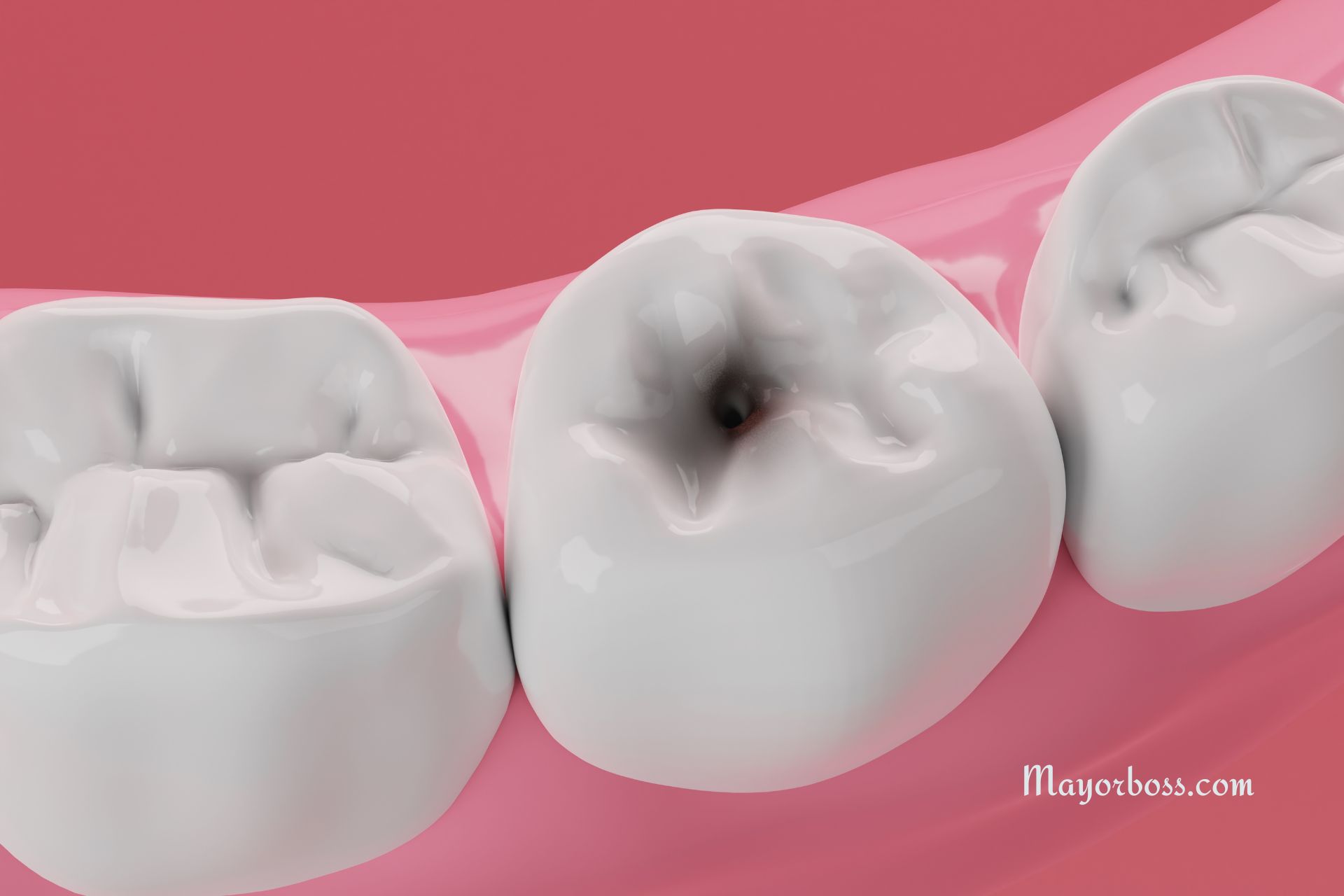Diaphragm Pain Under Sternum: Causes, Symptoms, Relief
Experiencing pain under the sternum can be unsettling, as it’s a region crucial to our breathing and houses several vital organs. Often, this discomfort is linked to issues with the diaphragm, the primary muscle involved in respiration. Understanding the potential causes, symptoms, and relief methods for diaphragm pain under the sternum is essential for managing this condition effectively. In this article, we’ll dive deep into what might be causing your discomfort, how to identify it, and the best ways to find relief.

What is the Diaphragm and Its Role?
The diaphragm is a large, dome-shaped muscle located just below the lungs and heart, spanning the area across the bottom of the rib cage. It plays a pivotal role in breathing by contracting and flattening when you inhale, allowing the lungs to expand and fill with air. Given its critical function and location, any pain in this area can significantly impact your comfort and well-being.
Causes of Diaphragm Pain Under Sternum
Several factors can contribute to diaphragm pain under the sternum, ranging from mild to severe. Here are some common causes of pain in this area:
- Musculoskeletal Issues: Your diaphragm connects to your rib cage and spine. Muscle strain, overuse (such as from intense exercise or heavy coughing), or inflammation in the surrounding structures can lead to pain under the sternum. Costochondritis, an inflammation of the cartilage connecting ribs to the breastbone, can also cause similar pain.
- Hiatal Hernia: A hiatal hernia occurs when the upper part of your stomach pushes through a small opening in your diaphragm. Stomach acid can leak back into your esophagus in this condition, causing burning pain under the sternum and other symptoms of acid reflux.
- Gastrointestinal (GI) Problems: Issues like heartburn, acid reflux, gastritis (inflammation of the stomach lining), peptic ulcers, or gallbladder disease (such as gallstones) can all lead to pain in the diaphragm region.
- Respiratory Conditions: Respiratory infections like pneumonia or bronchitis can cause inflammation in the lungs and surrounding tissues, leading to pain felt under the sternum. Conditions like pleurisy, which is an inflammation of the membrane around the lungs, can also manifest as pain in this region.
- Other potential causes
- Cardiac concerns: While less common, it’s important to be aware that sometimes chest pain related to heart problems can also be felt in the diaphragm area.
- Pericarditis: Inflammation of the lining around your heart (pericardium).
- Trauma or injury: Any direct blow to the chest or abdomen can injure the diaphragm, leading to pain.
Symptoms
Besides the pain itself, you may experience other symptoms that can help identify the cause of your discomfort, such as:
- Difficulty breathing or shortness of breath
- A feeling of fullness or pressure in the chest
- Acid reflux or heartburn
- Nausea or vomiting
- A sharp or stabbing pain under the sternum that may worsen when you cough, laugh, or take deep breaths.
Finding Relief: Strategies and Treatments
Relief for diaphragm pain under the sternum depends largely on its underlying cause. Here are several strategies and treatments that may help:
- Rest: If the pain stems from muscle overuse, rest is usually the first step. Avoid strenuous activities until the pain subsides.
- Over-the-counter (OTC) pain relievers: Non-steroidal anti-inflammatory drugs (NSAIDs) like ibuprofen or naproxen can help.
- Heat Therapy: Applying a warm compress can soothe muscle strain and reduce pain in the affected area.
- Antacids and medication for acid reflux: In cases of GERD or a hiatal hernia, prescribed medications can reduce stomach acid and alleviate related pain.
- Dietary Changes: Avoiding spicy, acidic, or fatty foods can reduce symptoms of GERD, decreasing pressure on the diaphragm.
- Weight Management: Losing excess weight can alleviate pressure on the diaphragm and reduce the risk of hiatal hernias.
- Surgery: In severe cases of hiatal hernia, surgical intervention may be necessary to reposition the stomach and repair the diaphragm.
- Breathing Exercises: Gentle exercises can strengthen the diaphragm and improve breathing techniques, reducing discomfort.
Frequently Asked Questions
1. When should I see a doctor for diaphragm pain under the sternum?
If the pain is severe, persistent, or accompanied by symptoms like difficulty breathing, vomiting, or severe heartburn, it’s crucial to seek medical attention immediately.
2. Can stress cause diaphragm pain under the sternum?
Yes, stress can lead to muscle tension, including in the diaphragm, exacerbating pain in this area. Stress management techniques may help alleviate some symptoms.
3. Are there any preventive measures for diaphragm pain under the sternum?
Maintaining a healthy lifestyle, managing weight, and avoiding activities that strain the diaphragm can help prevent pain. Additionally, managing stress and practicing good posture can also be beneficial.
Summary
Diaphragm pain under the sternum can be caused by conditions like hiatal hernia, muscle strain, and GERD. Symptoms include sharp pain, difficulty breathing, and heartburn. Relief strategies include lifestyle changes, medication, and possibly surgery. Consult a doctor if the pain is severe or persistent.






